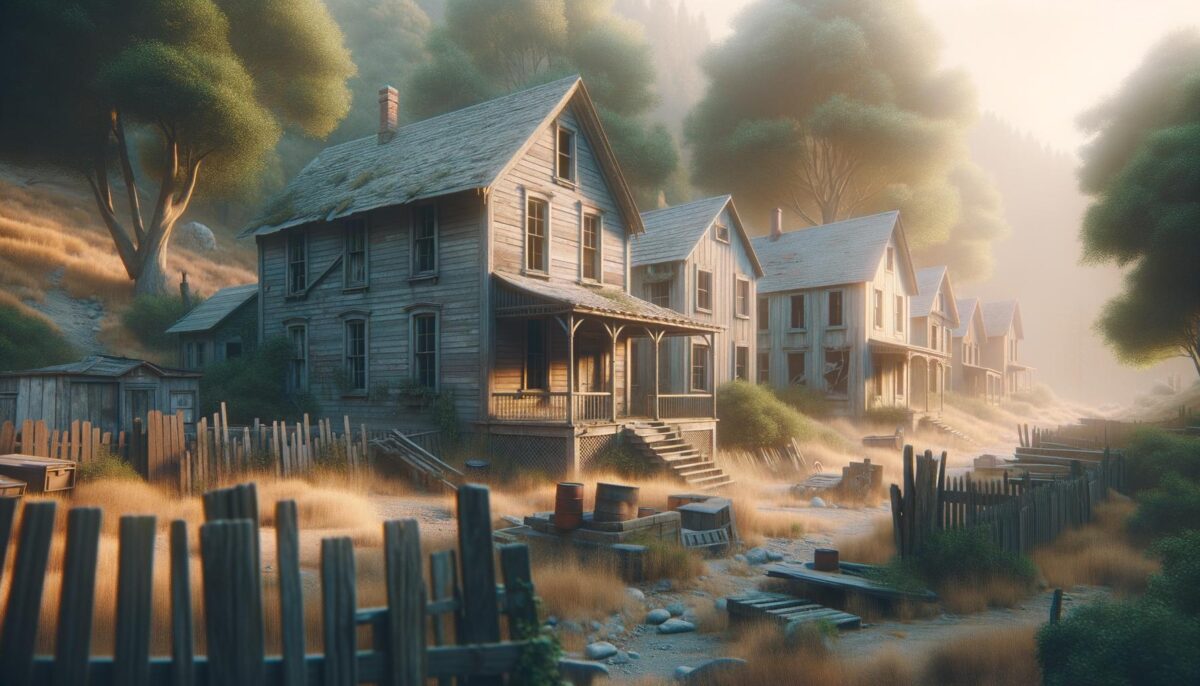The Allure of Abandoned Houses
Abandoned houses have always held a mysterious allure, captivating the imagination of onlookers and explorers alike. These structures stand as quiet witnesses to history, often shrouded in stories and rumors. They hold secrets of previous owners and give us a glimpse into different eras, standing still in a world that constantly changes around them. Many are drawn to these sites for a variety of reasons, whether it be the architectural beauty that remains despite decay or the potential for discovering hidden treasures within their walls. In many communities, abandoned houses are part of the local lore, contributing to the area’s cultural and historical identity.
The Historical Value of Abandoned Homes
Abandoned houses often carry significant historical value, offering insight into architectural trends of different periods. These buildings can range from quaint cottages to majestic mansions, each with unique designs that reflect the preferences and technological capabilities of their time. Preserving these structures can be crucial in maintaining the historical tapestry of a community. However, many times, these houses are left to deteriorate due to lack of funds for restoration or unclear ownership issues. The narrative of these homes often includes:
- The impact of economic changes on property ownership
- The evolution of neighborhoods and cities
- The personal stories of the families who lived there
Understanding these factors can deepen our appreciation and encourage efforts to preserve them.
The Economic Aspects of Abandoned Properties
While many abandoned houses remain nothing more than decaying structures, they also represent potential economic opportunities. Investing in these properties can be an attractive option, particularly for those looking to restore and sell or rent them. These houses for sale often come at a significantly lower price point, offering potential buyers a bargain on potentially valuable real estate. Efforts to rejuvenate such properties can have a positive multiplier effect on local economies, often revitalizing neighborhoods and spurring community engagement. However, it involves challenges such as renovation costs, legal hurdles over titles, and the need for a keen understanding of local real estate markets.
How Communities Can Address Abandoned Houses
Communities face unique challenges when dealing with abandoned houses, but they also have countless opportunities to creatively address these issues. Abandoned properties can attract vandalism and pose safety risks. Addressing them effectively requires comprehensive strategies, including:
- Implementing tax incentive programs for restorations
- Forming partnerships between government entities and private investors
- Engaging community members in beautification projects
Such initiatives not only improve the safety and aesthetic of neighborhoods but also foster a sense of community pride and involvement. Collaborative efforts between local authorities, historians, and residents can lead to successful revivals and new life for abandoned homes.
The Creative Potential of Abandoned Houses
With imagination and effort, abandoned houses offer immense potential for creative repurposing. Artists, entrepreneurs, and community organizations alike can transform these spaces into vibrant hubs of activity. Some have been converted into museums, art galleries, or community centers, while others have been turned into beautiful homes once more. These transformations not only highlight the resilience and resourcefulness of communities but also preserve the structures for future generations. Creativity in repurposing an abandoned house respects its past while opening doors to new uses that serve current and future community needs.
Conclusion
Abandoned houses hold a unique place in our societies, acting both as reflections of the past and opportunities for the future. Whether viewed as historical artifacts, economic opportunities, or creative canvases, they possess an undeniable potential that speaks to various interests and motivations. By recognizing their value and potential, communities can transform these once-neglected structures into vibrant parts of the urban landscape, ensuring their stories continue to be told for generations to come.
